History and Evolution of Wrought Iron Furniture
Wrought iron furniture has a rich history, evolving from simple, functional pieces in ancient times to the intricate, mass-produced items of the Industrial Revolution. Today, it’s a testament to timeless elegance and modern innovation. The History and Evolution of Wrought Iron Furniture highlights the blend of craftsmanship and technological advancements shaping its design and production over centuries.
From its early uses in ancient civilizations to the transformative techniques of the Industrial Revolution, wrought iron has adapted and influenced design trends of each era. Now, it embraces contemporary aesthetics and cutting-edge production methods, securing its place in modern homes and gardens worldwide.

Origins of Wrought Iron Furniture
Early Uses: Wrought iron furniture has roots that stretch back centuries, where the material was first employed for its durability and malleability. In ancient civilizations, such as Egypt and Rome, wrought iron was used for functional items like gates, tools, and simple furniture. These early pieces were often rudimentary, prioritizing function over form.
Development Over Centuries: As societies evolved, so did the craftsmanship and aesthetic appeal of wrought iron furniture. During the Middle Ages, blacksmiths began to refine their techniques, creating more intricate and decorative designs. This period saw wrought iron furniture becoming a symbol of status and wealth, with ornate chairs, tables, and bed frames gracing the homes of the affluent.

Technological Advancements: The Industrial Revolution marked a significant turning point for wrought iron furniture. Advances in technology allowed for mass production, making these previously exclusive items more accessible to the general public. Techniques such as casting and welding revolutionized the industry, enabling the creation of more complex and robust designs.
Industrial Revolution and Mass Production
Technological Advancements
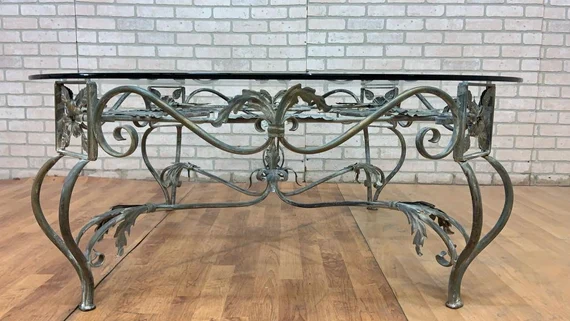
- Steam Power: The introduction of steam power drastically increased production capabilities, allowing for more efficient and rapid manufacturing of wrought iron furniture.
- Casting Techniques: Innovations in casting techniques enabled the creation of more detailed and intricate designs, previously unattainable with traditional blacksmithing.
- Welding: Advances in welding technology improved the strength and durability of wrought iron furniture, making it more practical for everyday use.
- Standardization: The ability to standardize parts and designs meant that furniture could be produced on a larger scale, reducing costs and increasing availability.
Impact on Design
- Accessibility: Mass production made wrought iron furniture more affordable, bringing it into the homes of the middle class and not just the wealthy elite.
- Variety: The new manufacturing techniques allowed for a greater variety of designs, from the highly ornate to the sleek and modern, catering to diverse tastes and styles.
- Durability: Improved production methods ensured that wrought iron furniture was not only beautiful but also long-lasting, contributing to its enduring popularity.
- Integration: The versatility of wrought iron meant it could be integrated into various design movements, influencing everything from Victorian opulence to industrial minimalism.

Medieval and Renaissance Periods
Functional and Decorative Uses
- Castles: Wrought iron was extensively used in castles for gates, grilles, and railings due to its durability and strength. These functional elements often featured intricate designs, blending practicality with aesthetics.
- Cathedrals: In cathedrals, wrought iron was used for screens, candelabras, and other decorative elements. The Gothic style’s elaborate and intricate craftsmanship is evident in the ornate ironwork of this period, showcasing the material’s artistic potential.
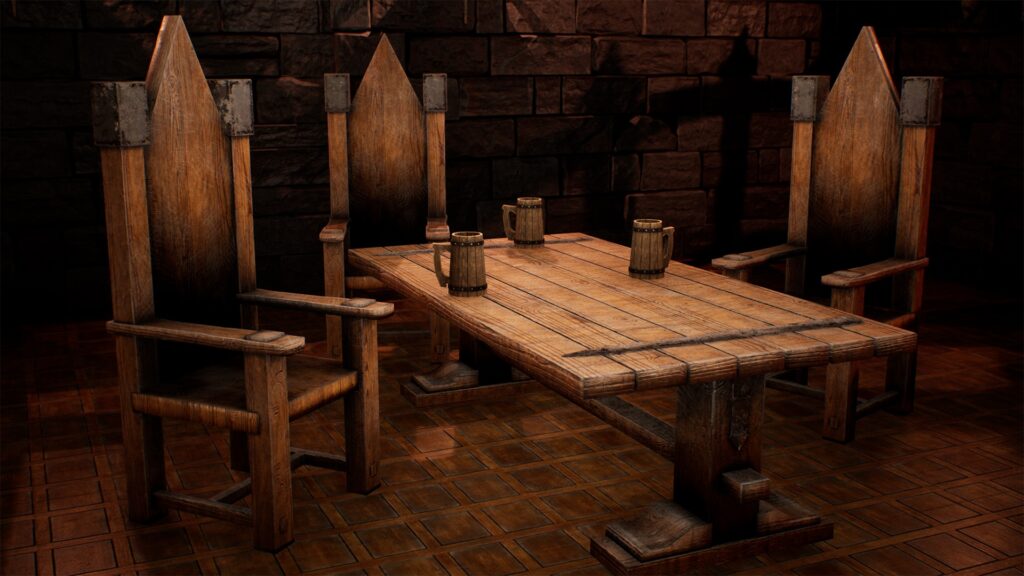
Introduction of Elaborate Designs and Intricate Craftsmanship
- Gothic Influence: The Gothic architectural style, prevalent during the medieval period, emphasized verticality and light, leading to the creation of intricate ironwork that complemented these structural elements.
- Renaissance Flourish: The Renaissance period brought a renewed focus on art and beauty, leading to more sophisticated and ornate wrought iron designs. Artisans began to experiment with more complex patterns, including floral motifs, scrolls, and vines, enhancing the decorative appeal of wrought iron furniture and architectural elements.
18th and 19th Centuries
Evolution of Manufacturing Techniques
- Henry Cort’s Puddling Process: This significant advancement in the late 18th century allowed for the mass production of high-quality wrought iron. The puddling process involved stirring molten iron in a furnace to remove impurities, making the material more malleable and durable, thus revolutionizing the ironworking industry.
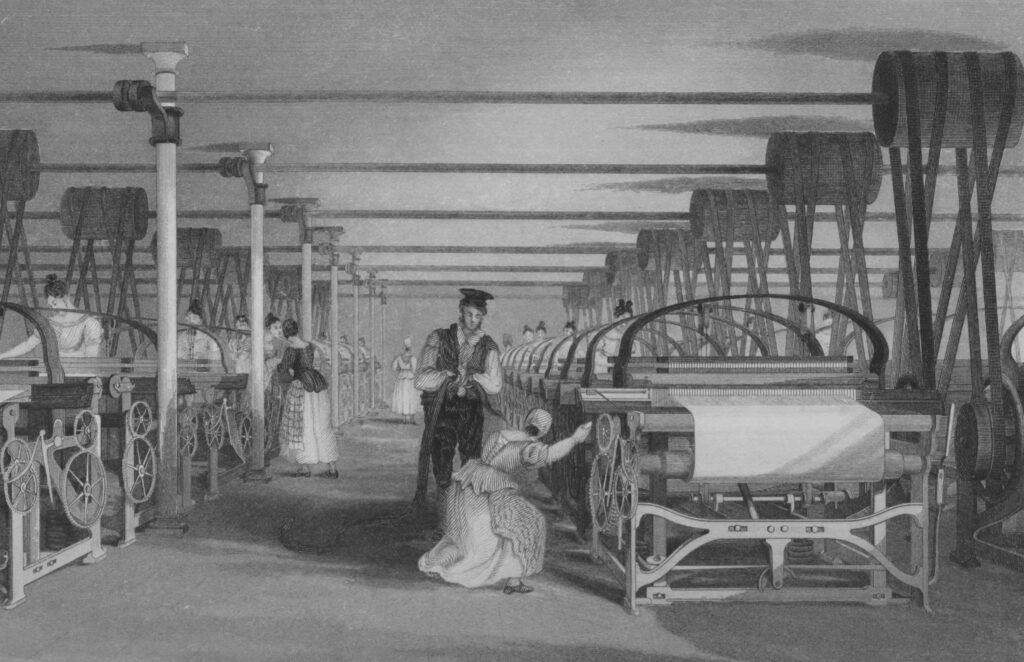
Popularity in Victorian Garden Furniture
- Victorian Era: The mass production of wrought iron during the Industrial Revolution made it more affordable and accessible. In the Victorian era, wrought iron became popular for garden and outdoor furniture, characterized by its elaborate and decorative designs. Pieces like garden benches, chairs, and tables often featured intricate patterns and floral motifs, reflecting the era’s ornate aesthetic.
Distinction Between Wrought Iron and Cast Iron

- Wrought Iron: Known for its malleability and durability, wrought iron is forged by heating and hammering, allowing for intricate designs and a more flexible, enduring material.
- Cast Iron: Produced by pouring molten iron into molds, cast iron is more brittle and less malleable than wrought iron. While cast iron allowed for mass production and complex shapes, it lacked the flexibility and durability of wrought iron, making it more suitable for heavy-duty, less intricate applications.
20th Century: Design Movements and Trends
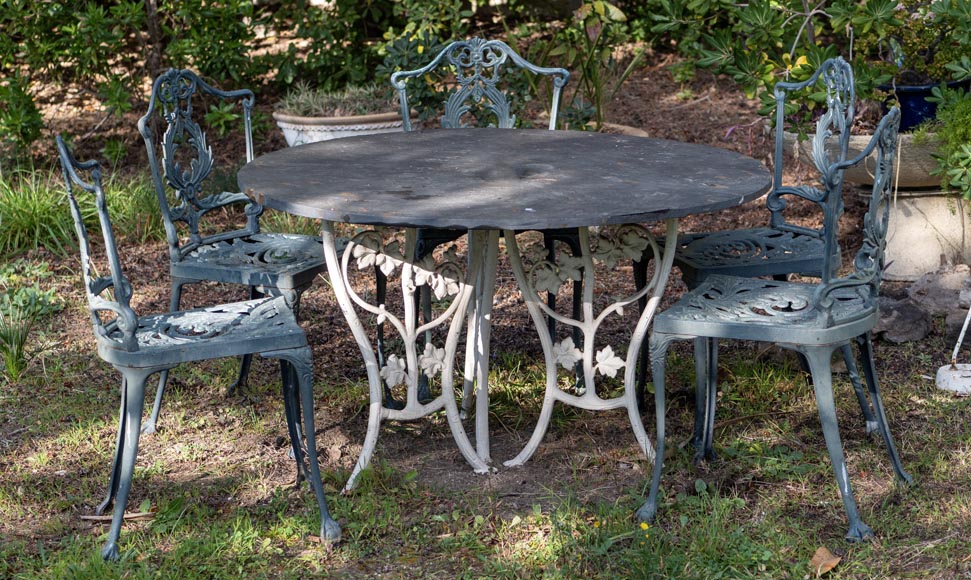
Impact of Art Nouveau and Jugendstil
- Art Nouveau: This movement, which flourished at the turn of the 20th century, emphasized organic forms and flowing lines. Wrought iron furniture and decor from this period often featured natural motifs such as flowers, vines, and curves, blending functionality with artistic expression.
- Jugendstil: Similar to Art Nouveau, this German movement focused on the beauty of craftsmanship and design. Wrought iron pieces from this era showcased elaborate and stylized forms, highlighting the material’s versatility and artistic potential.
Shift Towards Mid-Century Modernism
- Mid-Century Modernism: The mid-20th century brought a shift towards clean lines, minimalism, and functionality in design. Wrought iron furniture from this period often featured simple, geometric shapes and a focus on practicality, moving away from the ornate styles of previous eras.
Rise of Rustic and Industrial Styles
- Late 20th Century: The latter part of the 20th century saw a resurgence of rustic and industrial styles. Rustic design embraced a more natural, aged look, with wrought iron providing a sturdy, timeless foundation. The industrial style, characterized by its utilitarian and raw aesthetic, often combined wrought iron with wood and other metals, creating functional yet stylish furniture pieces.
Contemporary Wrought Iron Furniture
Innovations in Production
- Laser Cutting: The use of laser cutting technology allows for precise and intricate designs, pushing the boundaries of what can be achieved with wrought iron.
- Powder Coating: This modern finishing technique enhances the durability and aesthetic appeal of wrought iron furniture, offering a wide range of colors and textures.
- 3D Printing: Emerging 3D printing technology is beginning to influence the production of wrought iron furniture, allowing for complex shapes and designs that were previously impossible.
- Sustainable Practices: Modern production methods emphasize sustainability, with many manufacturers using recycled materials and environmentally friendly processes to create their wrought iron pieces.
Current Trends and Innovations
- Modern Styles: Embrace of minimalist, rustic, and industrial styles.
- Mixed Materials: Integration of wrought iron with wood, glass, and synthetic fibers to create hybrid pieces.
- Customization: High demand for bespoke designs tailored to individual preferences.

Popularity in Both Indoor and Outdoor Settings
- Indoor Use: Incorporation in dining tables, chairs, bed frames, and shelving units, adding a touch of elegance and durability.
- Outdoor Use: Favored for garden furniture, patio sets, and decorative pieces due to its weather-resistant properties and aesthetic appeal.
Customization Options and Integration with Modern Materials
- Bespoke Designs: Options for custom patterns, finishes, and colors to match personal taste and decor.
- Hybrid Furniture: Combination of wrought iron with other modern materials like reclaimed wood and tempered glass to create unique, contemporary pieces.
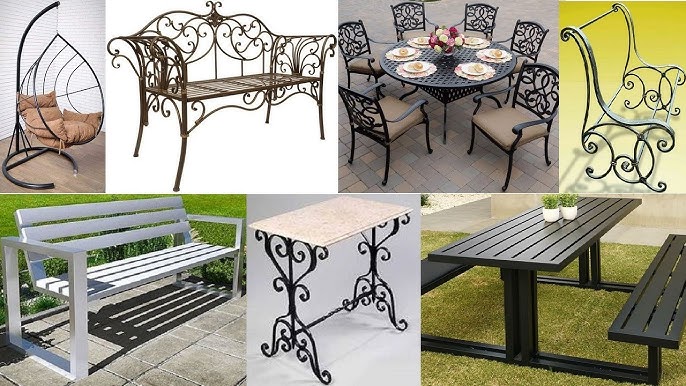
Caring for Wrought Iron Furniture
Maintenance Tips to Prevent Rust and Prolong Durability
- Regular Cleaning: Use a damp cloth to wipe down surfaces and remove dust and debris.
- Rust Inspection: Regularly check for signs of rust or damage, particularly at joints and welds.
- Touch-Up Paint: Apply touch-up paint to scratches and chips promptly to prevent rust formation.
- Protective Covers: Use covers during inclement weather to protect outdoor wrought iron furniture from moisture and environmental elements.
- Proper Storage: Store indoor furniture in a dry, cool place during off-seasons to prevent rust.

Importance of Coatings and Finishes
- Protective Coatings: Powder coating or galvanization can protect wrought iron from moisture and rust, significantly enhancing its durability.
- Weather-Resistant Finishes: Applying weather-resistant finishes helps maintain the furniture’s aesthetic appeal and structural integrity.
- Annual Sealing: Sealing wrought iron furniture annually helps preserve its protective barrier and prolongs its lifespan.
Conclusion
Wrought iron furniture has a rich history that spans centuries, evolving from functional tools and structural elements in medieval castles and cathedrals to intricate, decorative pieces in the Renaissance and Victorian eras. The material’s strength, malleability, and aesthetic versatility have made it a favorite among artisans and designers.
Wrought iron’s enduring appeal lies in its unique blend of durability and beauty. Modern techniques and design innovations have expanded its applications, allowing for greater customization and integration with contemporary styles. Whether for indoor elegance or outdoor charm, wrought iron furniture continues to captivate and inspire, proving its timeless relevance in the world of furniture design. Its ability to adapt and transform across different eras and styles ensures that wrought iron will remain a cherished material for generations to come.
Disclosure: Our blog contains affiliate links to products. We may receive a commission for purchases made through these links. However, this does not impact our reviews and comparisons. We try our best to keep things fair and balanced, in order to help you make the best choice for you.

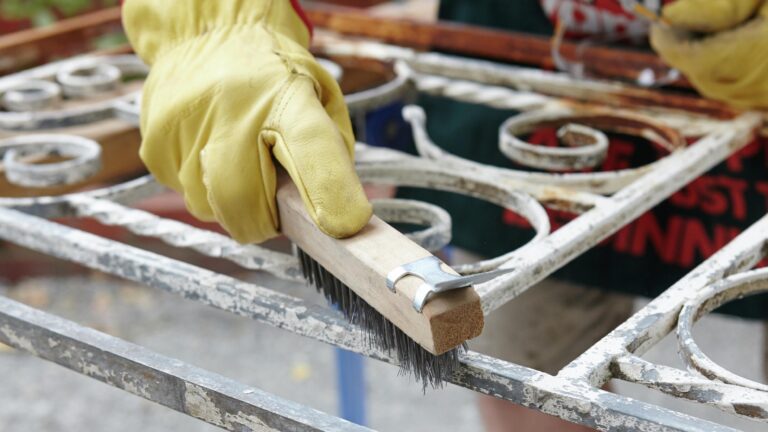
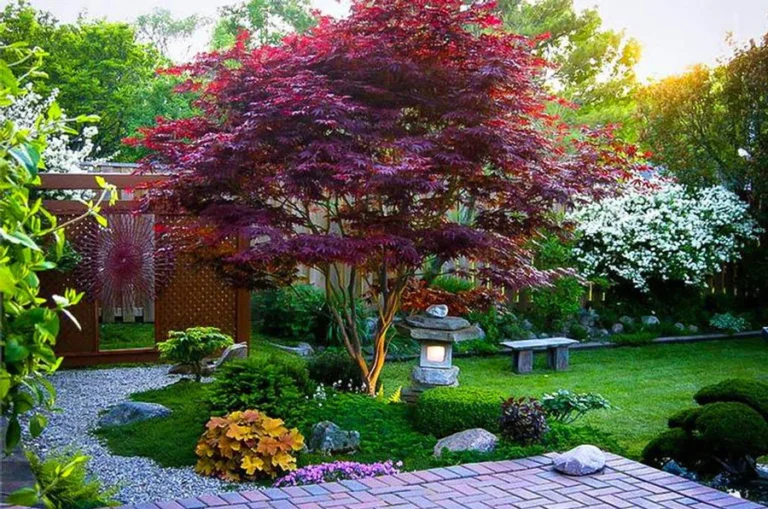
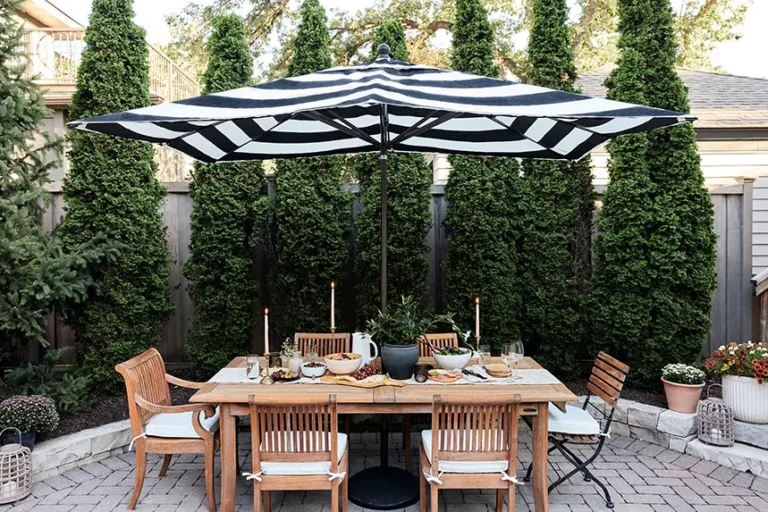
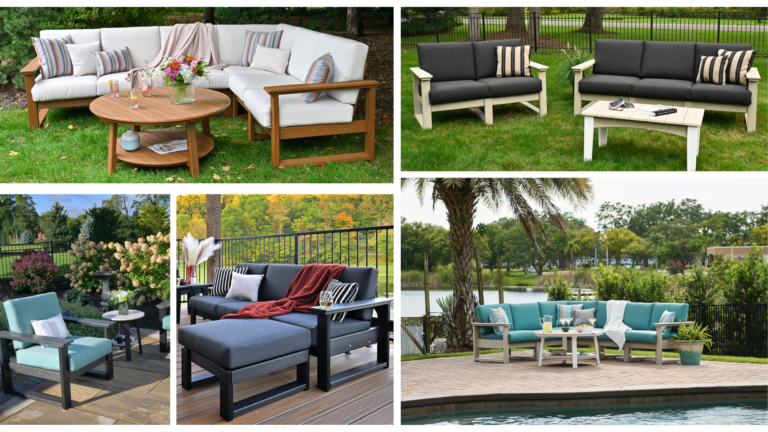

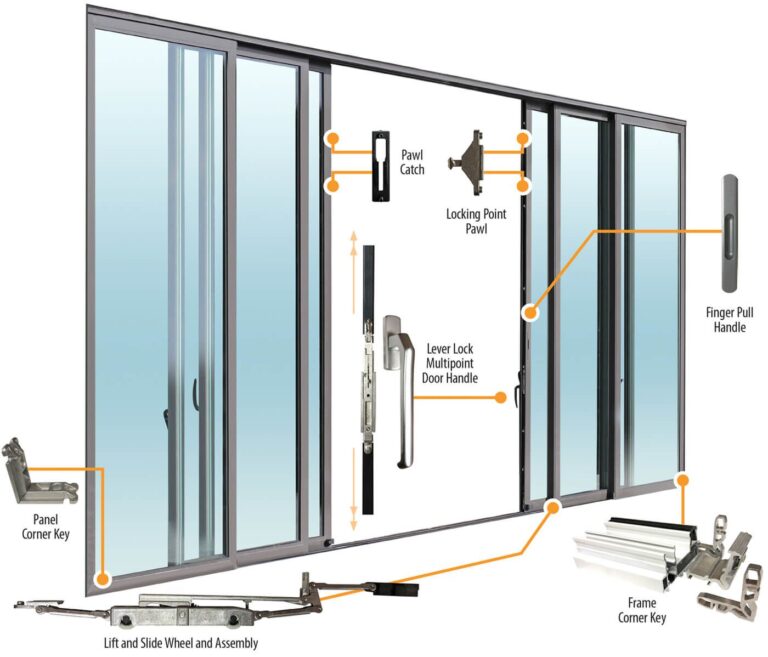
One Comment